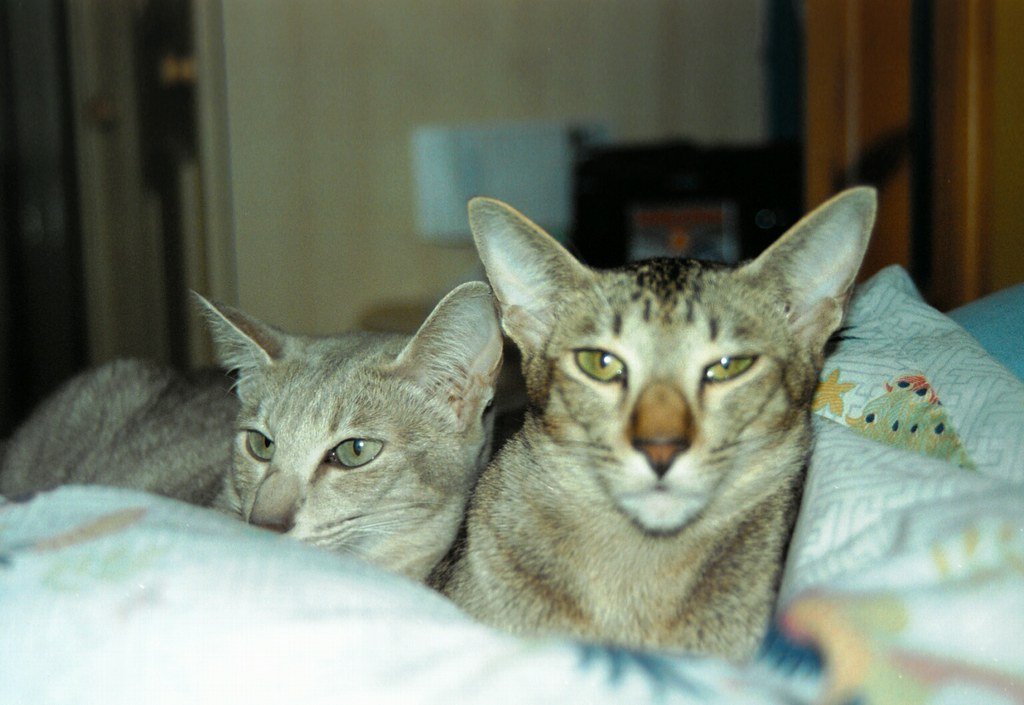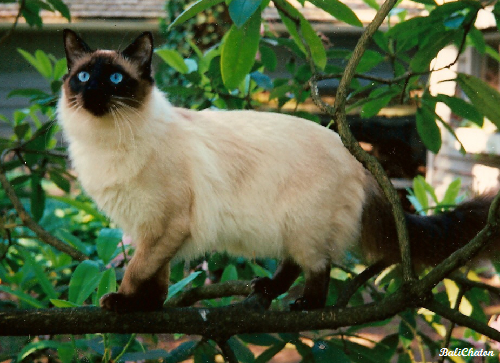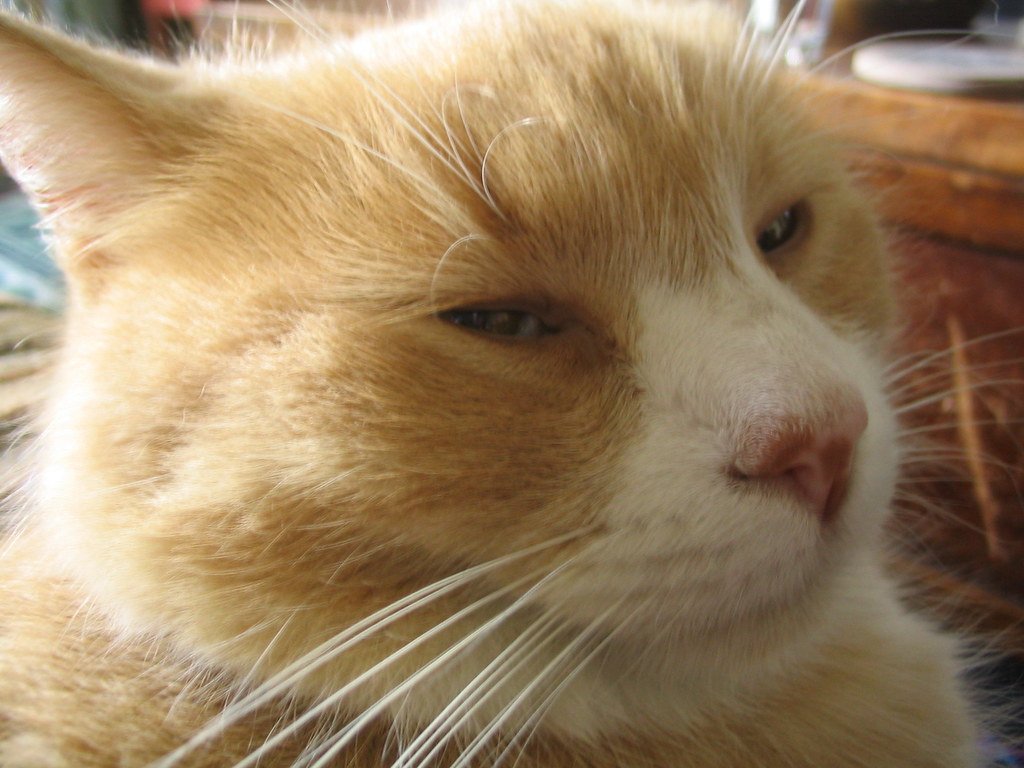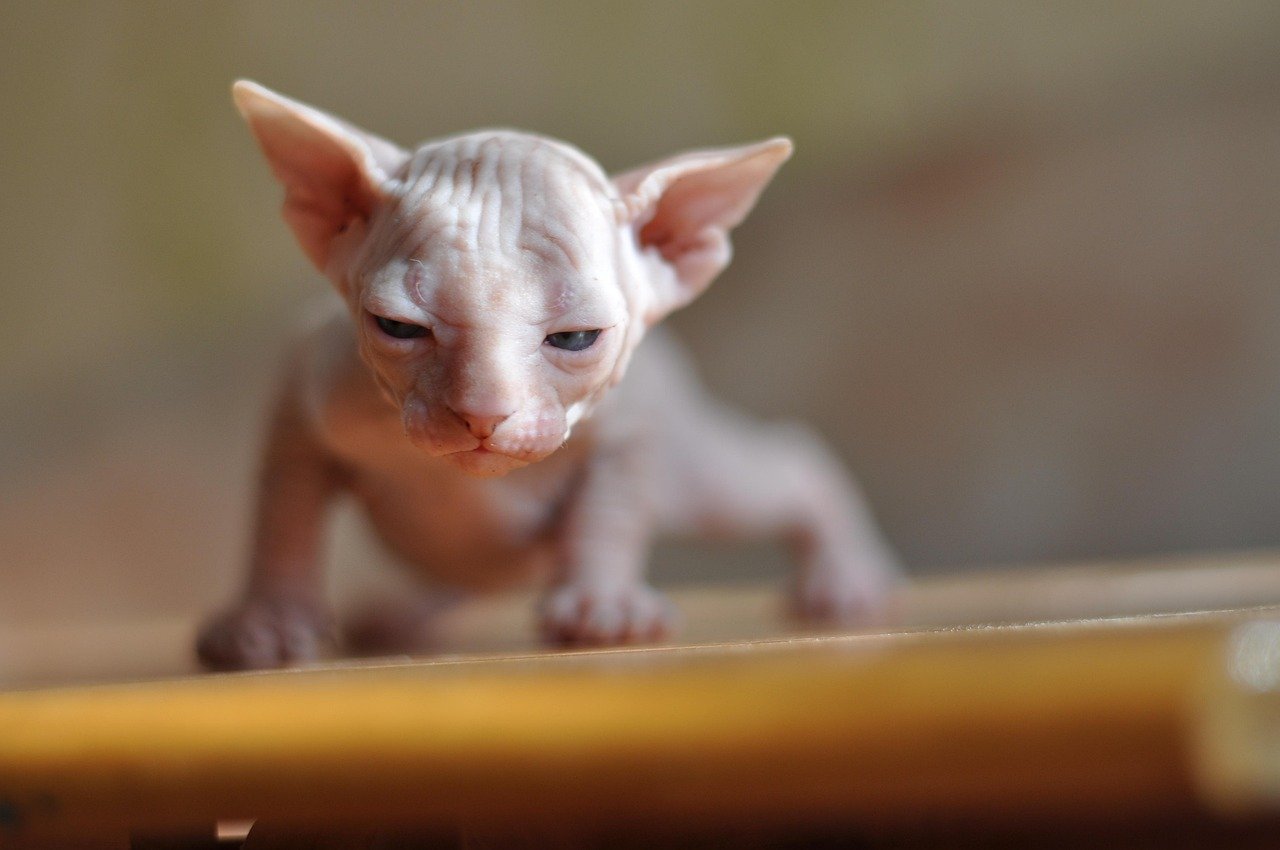Siberian Cats: The Fluffy Contradiction

Here’s something that might blow your mind: despite their thick, luxurious coat, Siberian cats produce significantly lower levels of the Fel d 1 protein that triggers allergies. These gentle giants from Russia are like nature’s practical joke on allergy sufferers.
Their muscular build and sweet temperament make them perfect lap cats, even though they look like they should be prowling through snowy forests. Many people with cat allergies report being able to live comfortably with Siberians, though individual reactions can vary.
Russian Blue: The Aristocrat with a Gentle Heart

Russian Blues are the introverts of the cat world, but once they warm up to you, they become devoted shadows. Their short, dense coat produces less of the allergen that makes sensitive people sneeze and wheeze.
These silver-blue beauties are known for their loyalty to one person, often following their chosen human around the house. They’re quiet, clean, and surprisingly affectionate once they decide you’re worthy of their attention.
Balinese: The Chatty Charmer

Don’t let their long, silky coat fool you – Balinese cats are actually considered hypoallergenic because they produce less Fel d 1 protein than most breeds. They’re basically the Siamese cat’s elegant cousin with better allergy credentials.
These cats are incredibly social and vocal, often “talking” to their owners throughout the day. They crave human interaction and will happily curl up on your lap for hours while purring their appreciation.
Devon Rex: The Pixie-Eared Cuddle Bug

With their curly coat and enormous ears, Devon Rex cats look like they stepped out of a fairy tale. Their unique fur structure means they shed less and produce fewer allergens than typical cats.
These mischievous little characters are often called “poodle cats” because of their playful, dog-like personalities. They’re heat-seekers who love nothing more than snuggling under blankets or warming themselves on their human’s chest.
Oriental Shorthair: The Sleek Socialite

Oriental Shorthairs are like living sculptures with their angular features and close-lying coat. Their minimal shedding and lower allergen production make them suitable for many allergy sufferers who thought they could never own a cat.
These cats are incredibly people-oriented and hate being alone. They’ll greet you at the door, follow you around, and demand attention with their loud, distinctive voices. Their affectionate nature makes up for any drama they might create.
Javanese: The Silky Smooth Companion

Javanese cats inherited the best traits from their Balinese and Colorpoint Shorthair ancestry, including reduced allergen production. Their medium-length coat feels like silk but doesn’t mat easily, making grooming a breeze.
These intelligent cats form strong bonds with their families and are known for their playful yet gentle nature. They’re excellent with children and other pets, making them perfect for households seeking a hypoallergenic family cat.
Cornish Rex: The Velvet Cuddle Machine

Cornish Rex cats have coats that feel like crushed velvet, with tight curls that trap dander close to their skin. This unique fur structure means less allergen spreading around your home, plus they’re surprisingly warm to the touch.
These cats are eternal kittens at heart, maintaining their playful energy well into their senior years. They’re incredibly affectionate and will often sleep under covers with their owners, acting more like tiny, purring heating pads than traditional cats.
LaPerm: The Curly-Coated Sweetheart

LaPerms are relatively new to the cat world, but they’ve already made a name for themselves as excellent companions for allergy sufferers. Their curly coats come in both long and short varieties, but both types produce fewer allergens than straight-haired breeds.
These cats are known for their gentle, inquisitive nature and their tendency to reach out with their paws to touch their humans. They’re like living teddy bears who happen to purr and occasionally knock things off counters.
Sphynx: The Naked Truth About Affection

While Sphynx cats aren’t technically allergen-free, their lack of fur means there’s no coat to trap and spread dander around your home. Regular bathing can keep allergen levels manageable for many sensitive individuals.
These wrinkled wonders are incredibly social and crave constant human contact. They’re often described as more dog-like than cat-like, greeting visitors at the door and following their owners everywhere. Their body temperature runs higher than other cats, making them perfect living hand warmers.
Bengal: The Wild-Looking Lap Cat

Bengal cats might look like they belong in the jungle, but many are surprisingly suitable for allergy sufferers due to their unique coat texture. Their fur lies close to their body and requires minimal grooming, reducing allergen distribution.
Despite their wild appearance, most Bengals are complete love bugs who enjoy interactive play and cuddle sessions. They’re intelligent, curious, and often enjoy activities like walking on leashes or playing fetch – definitely not your average house cat.
The Reality Check: No Cat is 100% Hypoallergenic

Here’s the honest truth that many websites won’t tell you: no cat breed is completely hypoallergenic. The term “hypoallergenic” simply means these breeds produce fewer allergens than others, but individual cats within the same breed can vary significantly.
Before bringing any cat home, spend time with the specific animal you’re considering. Some allergy sufferers do better with certain individual cats, regardless of breed. Consider it a compatibility test – both for your sinuses and your heart.
The journey to finding your perfect feline companion might take some patience, but the reward of finally having a purring, cuddling cat who doesn’t make you sneeze is worth every effort. Which of these amazing breeds caught your attention?
Hi, I’m Bola, a passionate writer and creative strategist with a knack for crafting compelling content that educates, inspires, and connects. Over the years, I’ve honed my skills across various writing fields, including content creation, copywriting, online course development, and video scriptwriting.
When I’m not at my desk, you’ll find me exploring new ideas, reading books, or brainstorming creative ways to solve challenges. I believe that words have the power to transform, and I’m here to help you leverage that power for success.
Thanks for stopping by, Keep coming to this website to checkout new articles form me. You’d always love it!






